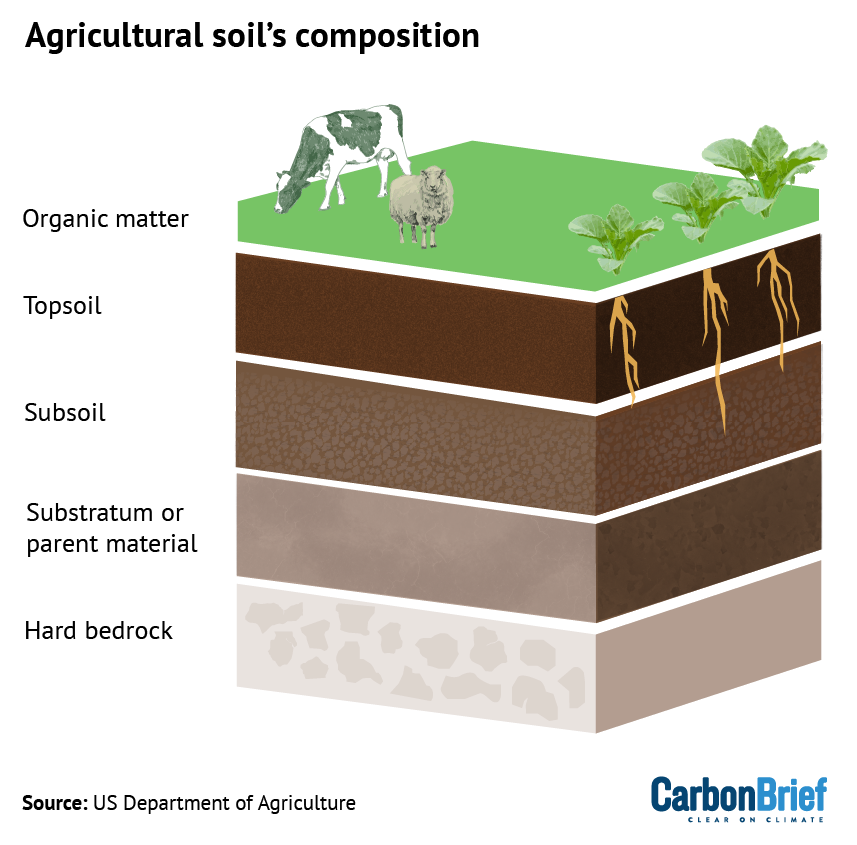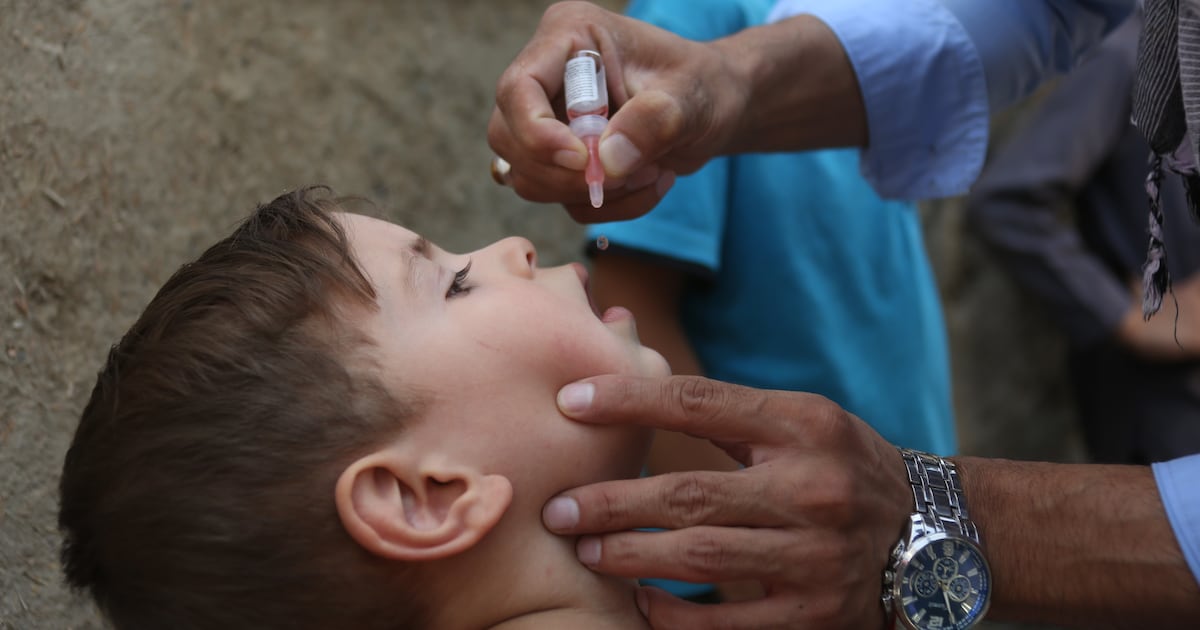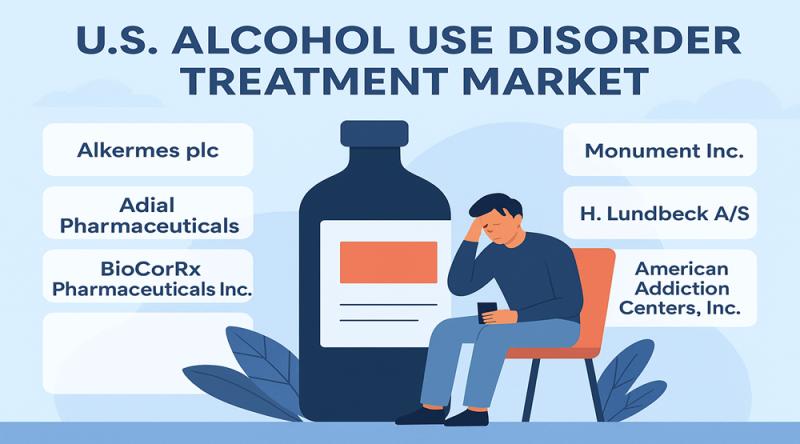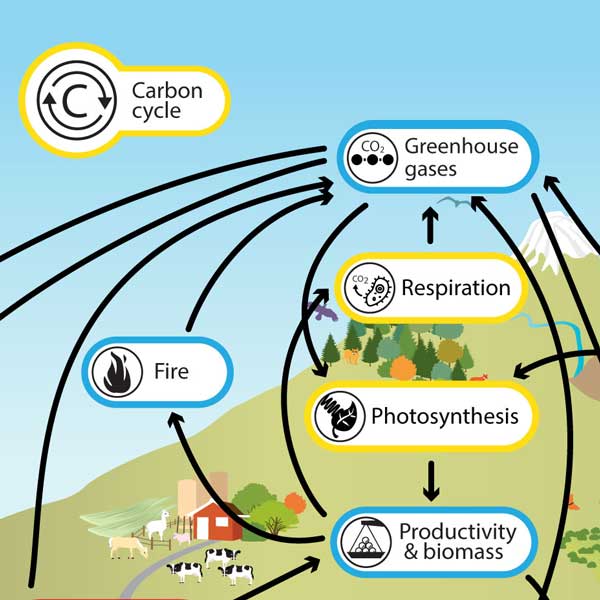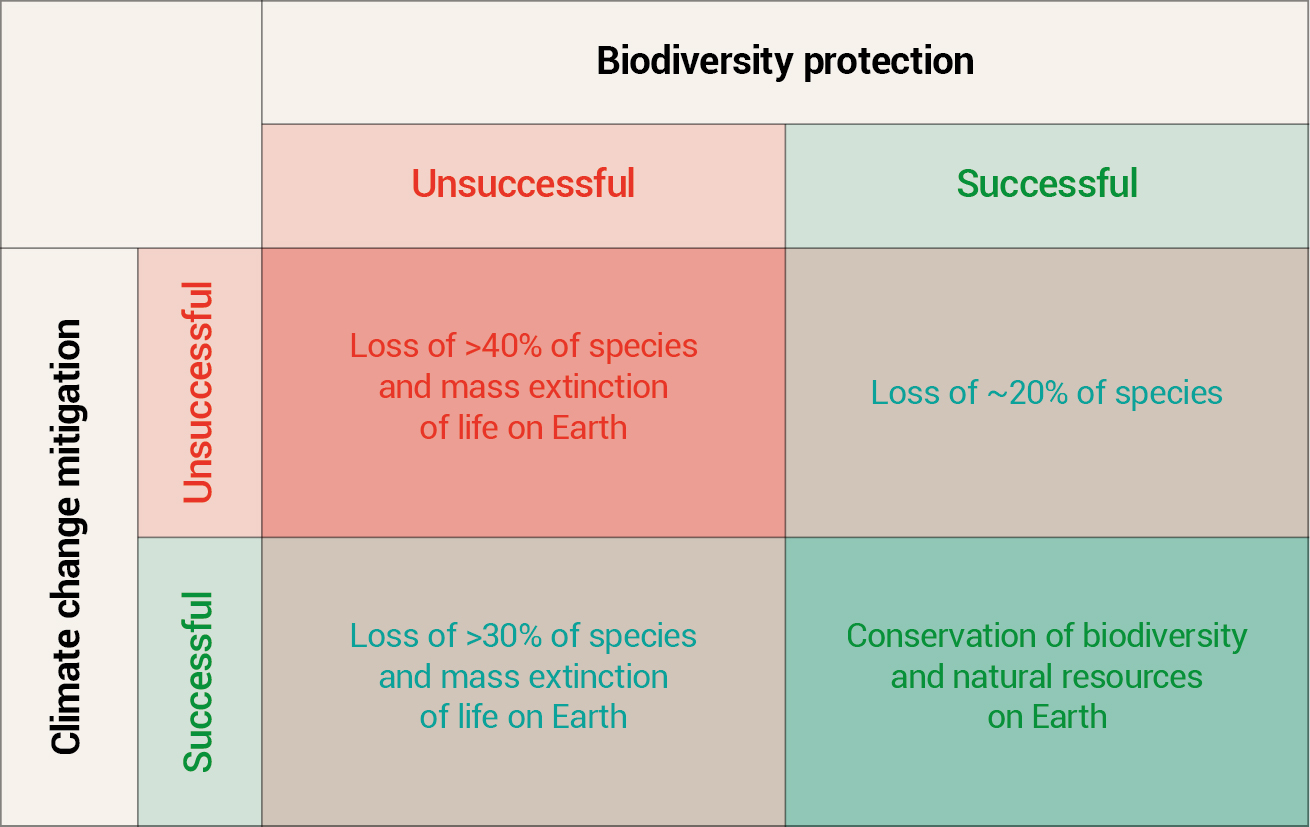HEPA air filters’ latest advantage is lowering blood pressure, study finds – NBC News
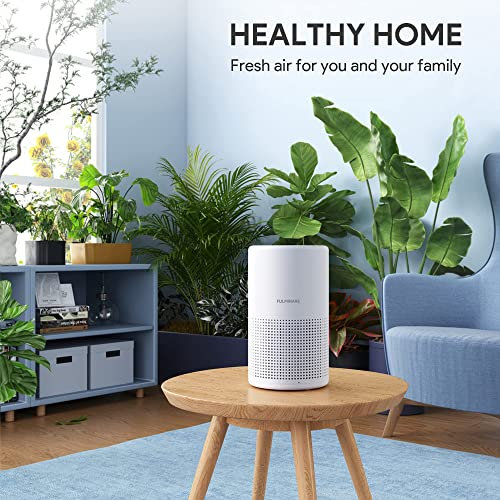
Report on the Efficacy of HEPA Filtration in Mitigating Cardiovascular Risks from Traffic-Related Air Pollution
Contribution to Sustainable Development Goals 3 and 11
A recent study published in the Journal of the American College of Cardiology presents critical findings on the intersection of environmental health and non-communicable diseases, directly addressing key targets within the Sustainable Development Goals (SDGs). The research demonstrates that in-home air purification can significantly lower blood pressure in adults exposed to high levels of traffic-related air pollution. This intervention offers a tangible strategy for advancing SDG 3 (Good Health and Well-being) by reducing risk factors for cardiovascular disease and SDG 11 (Sustainable Cities and Communities) by mitigating the adverse health impacts of urban air quality.
Background: The Public Health Challenge of Urban Air Pollution
SDG 3: Good Health and Well-being
Traffic-related air pollution is a significant environmental health risk, contributing to the global burden of non-communicable diseases. High blood pressure, or hypertension, is a leading risk factor for heart attack and stroke. The study highlights the scale of this issue in the context of SDG Target 3.4, which aims to reduce premature mortality from non-communicable diseases.
- Nearly 25% of Americans reside near busy roadways, exposing them to invisible and odorless pollutants from vehicle emissions.
- An estimated 119.9 million adults in the U.S. (almost half the adult population) have hypertension.
- A normal blood pressure reading is considered less than 120/80 mm Hg.
SDG 11: Sustainable Cities and Communities
The prevalence of populations living near major transport arteries underscores the challenge outlined in SDG Target 11.6: to reduce the adverse per capita environmental impact of cities, with special attention to air quality. The study focuses on a vulnerable population whose living environment directly exposes them to health hazards, impeding the goal of creating safe, resilient, and sustainable human settlements.
Study Design and Methodology
Research Objective
The primary objective was to determine if commercially available High-Efficiency Particulate Air (HEPA) filters could improve cardiovascular health markers in healthy individuals living in proximity to high-traffic roads.
Experimental Procedure
The research team, led by Doug Brugge of UConn Health, conducted a randomized controlled trial:
- Participant Selection: 154 healthy volunteers were recruited from homes located near roadways with elevated levels of fine particulate matter from vehicle emissions.
- Intervention Group: This group received two portable HEPA air purifiers to be placed in the most frequently used rooms (living room and bedroom).
- Control Group: This group was given two sham filters that did not perform any air purification.
- Crossover Design: After an initial period, the groups were switched to ensure each participant experienced both the HEPA and sham filter conditions.
- Duration: Each phase of the study lasted for one month.
Results and Implications for Sustainable Development
Impact on Cardiovascular Health (SDG 3)
The study yielded clinically significant results for participants with slightly elevated blood pressure at the outset of the trial. The findings provide evidence for a practical intervention to help achieve SDG Target 3.9, which seeks to substantially reduce the number of deaths and illnesses from hazardous air pollution.
- Participants with initially elevated blood pressure experienced an average reduction of 2.8 points in systolic blood pressure after one month of HEPA filter use.
- The control group using sham filters saw a negligible reduction of 0.2 points.
- Participants with normal blood pressure at the start of the study did not experience a significant change.
Experts note that while a nearly 3-point reduction may seem modest, it corresponds to an approximate 6% reduction in the risk of adverse cardiac events, such as heart attacks, strokes, or cardiovascular death.
A Mitigation Strategy for Urban Environments (SDG 11)
The findings position HEPA filtration as an accessible and effective tool for creating healthier indoor environments within polluted urban areas. This individual-level action directly supports the broader goal of SDG 11 to improve urban living conditions by addressing air quality. The use of such technology can empower residents to reduce their personal exposure to harmful pollutants where systemic, large-scale solutions to traffic pollution may be slow to implement.
Conclusion and Future Directions
This study provides compelling evidence that HEPA air filtration is an effective intervention for reducing blood pressure among individuals exposed to traffic-related air pollution, thereby contributing to the achievement of SDG 3. It also presents a practical strategy for mitigating the negative health impacts of urban living, aligning with the objectives of SDG 11. Experts recommend further research involving larger and more diverse participant pools to validate and expand upon these findings. The potential benefits may extend beyond populations near roadways, as air pollution from various sources affects communities globally.
SDGs Addressed in the Article
SDG 3: Good Health and Well-being
The article directly addresses health outcomes linked to environmental factors. It focuses on the prevalence of hypertension (high blood pressure) and the risk of cardiovascular diseases like heart attacks and strokes. The central theme is a health intervention (using air purifiers) to mitigate these risks, aligning with the goal of ensuring healthy lives and promoting well-being.
SDG 11: Sustainable Cities and Communities
The problem originates from urban and suburban living conditions, specifically for the “nearly a quarter of Americans [who] live near busy roadways.” The article highlights the adverse environmental impact of cities, focusing on “traffic-related air pollution” as a key issue affecting residents’ health. This connects to the goal of making cities inclusive, safe, resilient, and sustainable by addressing urban air quality.
Identified Targets
-
Target 3.4: Reduce by one-third premature mortality from non-communicable diseases through prevention and treatment.
The article discusses how reducing blood pressure, even by a small amount, can lead to “a meaningful benefit in terms of reducing the risk of serious cardiovascular outcomes, such as heart attack and stroke.” These are non-communicable diseases. The use of an air purifier is presented as a preventative measure to lower this risk.
-
Target 3.9: Substantially reduce the number of deaths and illnesses from hazardous chemicals and air, water and soil pollution and contamination.
The article explicitly links “traffic-related air pollution” to negative health outcomes. It states that “high levels of the tiniest particles found in traffic-related air pollution are known risk factors for developing high blood pressure and heart disease.” The study aims to reduce illnesses (hypertension) caused by air pollution.
-
Target 11.6: Reduce the adverse per capita environmental impact of cities, including by paying special attention to air quality.
The entire premise of the study is based on mitigating the health effects of poor air quality in areas near “busy highways.” The article notes that people living near these roadways are exposed to “elevated levels of the tiny particles from vehicle emissions.” This directly relates to the environmental impact of cities and the need to improve urban air quality.
Implied Indicators
-
Prevalence of hypertension.
The article provides a clear statistic: “Almost half, or about 119.9 million, of adults in the U.S. have hypertension.” The study itself uses blood pressure readings (“systolic pressure”) as its primary metric for success. Tracking the prevalence of hypertension in populations exposed to high pollution would measure progress towards Target 3.4.
-
Mortality rate from cardiovascular disease.
The article mentions that a modest drop in blood pressure “would correspond to about a 6% reduction in the risk of adverse cardiac events, such as heart attacks, strokes or cardiovascular death.” This implies that the mortality rate from these conditions is a key indicator for Target 3.4.
-
Concentration of fine particulate matter in the air.
The study focuses on the health effects of “the tiniest particles found in traffic-related air pollution.” While not explicitly named PM2.5, this is the implied pollutant. The effectiveness of the HEPA filter in removing these particles is the mechanism of action. Therefore, measuring the concentration of these particles in urban areas near roadways is a direct indicator for Target 11.6 and is linked to the health outcomes in Target 3.9.
Summary of Findings
| SDGs | Targets | Indicators |
|---|---|---|
| SDG 3: Good Health and Well-being |
3.4: Reduce premature mortality from non-communicable diseases.
3.9: Reduce deaths and illnesses from air pollution. |
– Prevalence of hypertension (high blood pressure). – Mortality rate from cardiovascular diseases (heart attack, stroke). – Systolic blood pressure levels in at-risk populations. |
| SDG 11: Sustainable Cities and Communities | 11.6: Reduce the adverse per capita environmental impact of cities, paying special attention to air quality. | – Concentration of fine particulate matter from traffic-related air pollution in residential areas near roadways. |
Source: nbcnews.com

What is Your Reaction?
 Like
0
Like
0
 Dislike
0
Dislike
0
 Love
0
Love
0
 Funny
0
Funny
0
 Angry
0
Angry
0
 Sad
0
Sad
0
 Wow
0
Wow
0



























;Resize=805#)





























